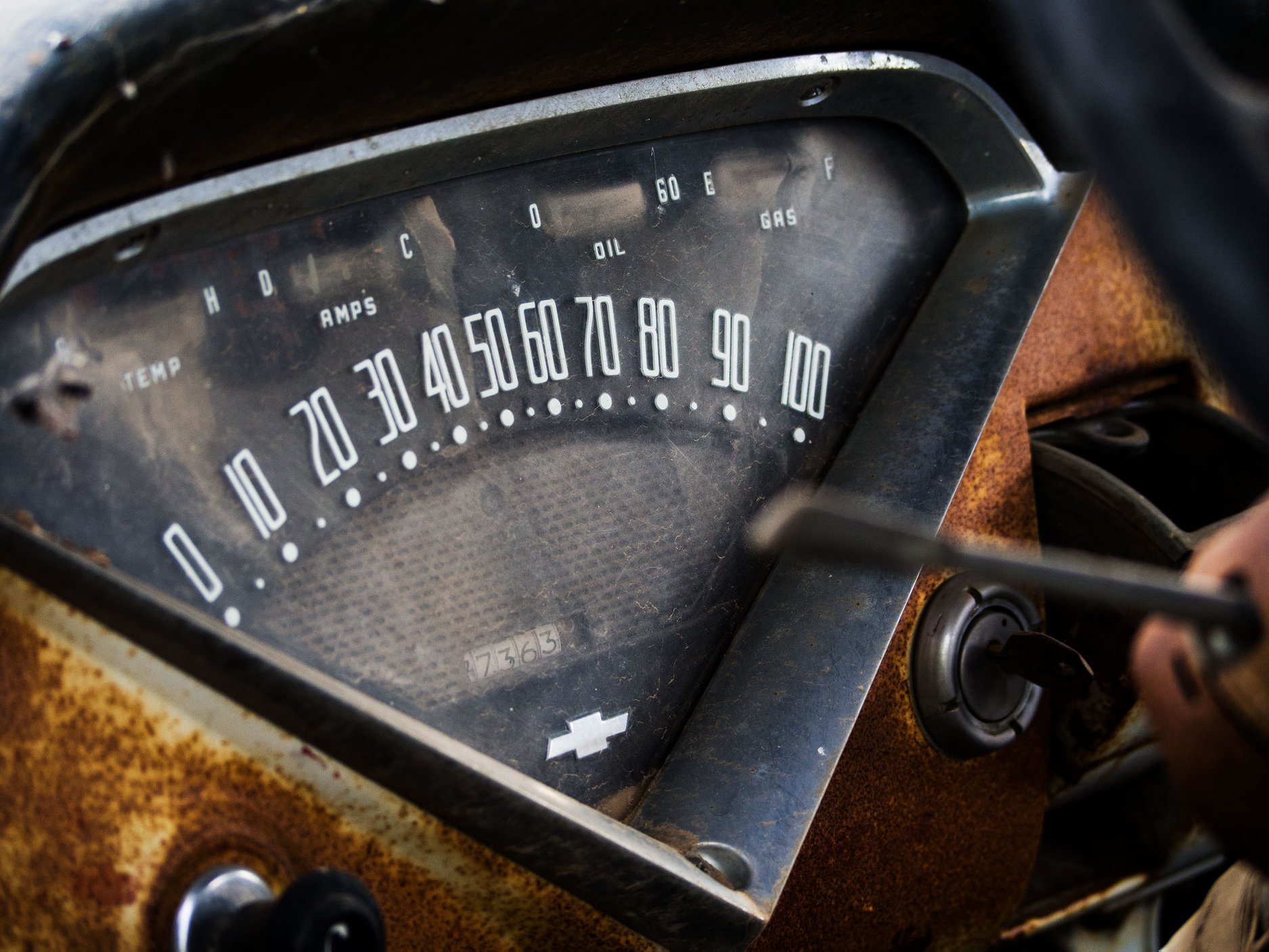Boy the world has changed! When I was young if you wanted to learn magic you had to hang out at a magic store. A real brick and mortar building. To get to the real good stuff you had to make friends with the magician behind the counter and prove your worth. If you were lucky they might show you something more than “Scotch and Soda”. They might recommend a really good hardback book on magic, but those books weren’t cheap. You had to pay your dues, so to speak.
Today you have the Internet. The brick and mortar stores are almost completely gone. I miss them.
Anyway, while I was surfing the web I found this self-working coincidence trick that looked interesting. Now like a lot of these tricks on the Internet, this one had several “kickers” to the coincidence effect. Go ahead and take a moment to look at it. It is at https://youtu.be/9KhQrR5uqN8?si=2rnxeBWteVBaXC7m .
Personally I don’t like most “kickers”. They detract from the first effect. Also I prefer tricks that don’t require a setup. I want to pick up a deck, let the spectator shuffle it and then amaze them with an effect.
So this is my version of the coincidence trick based on the method used in the YouTube video.
Method
Have the spectator shuffle and cut the cards.
Take the deck back and using Marlo’s Faro check, spot the 25th card down from the top. Simple split the deck for a perfect Faro and begin the shuffle to see if you cut it exactly in the middle. Then un-weave the shuffle and spot the 25th card as you place the top half back on top. This is done causally.
Now do two Ireland shuffles (explained in the video). These keep the 25th card in place. As you perform these shuffles patter about coincidences.
Dribble the cards from the right hand to the left and stop someplace after the middle of the deck. Throw the card stopped at to the table.
Fan the deck with the faces towards you and place your card, reversed, into the deck to the right of the 25th card, which you spotted at the beginning. Close up the fan.
I then do some sort of false cut, keeping the deck in order. I use the Jay Ose False Cut because it is simple and very clean looking. There are more complicated cuts such as up-the-ladder, but for this effect at this moment in the effect I don’t want to look like a professional gambler.
Dribble the cards again, having the spectator stop you before you reach the middle of the deck. Drop the top block of cards, from your right hand, to the table and have the spectator take the top card from the left hand block. They look at it and place it on top of the tabled portion. Drop the cards from the left hand onto the cards on the table, “losing” their selection. (At this point the two selected cards are exactly 26 cards apart.)
Have the spectator give the deck a number of single cuts.
Pick up the deck and do a perfect Faro shuffle. It can be either an In or an Out Faro. This shuffle places the two selections next to each other.
There should be a natural break where the face up selection is located. Cut the deck a little bit below this location moving the two selections to near the bottom of the pack.
Deal the cards into two piles, alternating. This brings the two selections to near the top of each half of the deck.
You are now ready to show the coincidence. Take cards off of each half, one at a time until you reach the face up card. Ask the spectator to name their selection, and turn it face up to show the coincidence.
Additional notes
If you can’t do a Faro shuffle you can still to the effect. Take the shuffled deck back from the spectator and turn it face up in your hands. Show the deck is mixed by spreading groups of five cards from the left hand to the right, and dropping the group of cards to the table, in a pile.
Do this four times (dropping 20 cards) and then spread six cards and drop them to the table, remembering the top face up card. Then just continue to spread off groups of cards, dropping them onto the pile.
Pick up the cards and turn them face down. The card you remember is at the 25th position.
Have the two selections made as describe above. Let the spectator give the deck single cuts. Throw in a couple of Charlier false shuffles. Now make two piles of 26 by spreading the cards in groups of two or three and counting them. This is like in the video. Now finish the effect as above.
